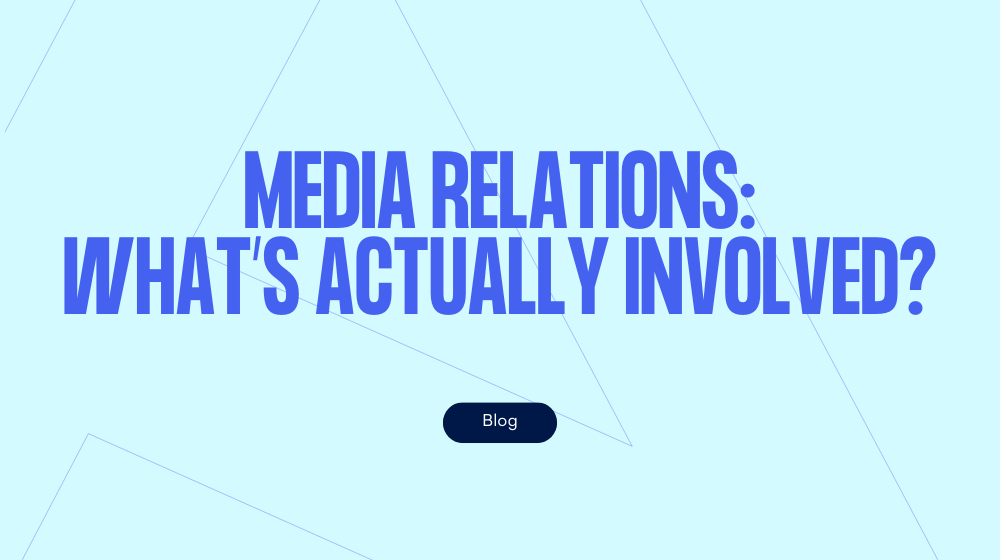The terms ‘PR’ and ‘media relations’ are often used interchangeably, but the two things are different. PR – or public relations – is the broader practice of communicating a brand’s image and messaging to its target audiences through certain communications channels. Media relations, meanwhile, is the narrower practice of working with the media to achieve certain PR goals, which includes some of the following activities...
Sourcing opportunities
Naturally, one of the main elements of media relations is securing coverage (or coverage as it’s also known) through relevant channels to reach different target audiences. Most obviously this might be by sending press releases to media outlets, but it might also be through monitoring journalist call-out services, writing feature articles or setting up interviews.
The type of opportunities sourced should, of course, be determined by what a brand is trying to communicate and its target audiences. These can be used to inform the list of media outlets to be targeted for coverage.
Pitching stories
Whether responding to a journalist’s request for specific information or approaching one cold with an idea for an article, you typically need to provide a pitch outlining the proposed idea and demonstrating what credibility a brand has for commenting on the topic. Pitches don’t need to be long, but they do need to provide a concise and well-reasoned explanation of what you’re able to confidently talk about.
Liaising with journalists
A lot of media relations time is spent in contact with journalists before, during and even after coverage is being produced. Beforehand, as we’ve touched on, there’s the pitching process to work through, which can involve a degree of back-and-forth to understand what a journalist is looking for, to refine a pitch and to provide them with all the required information. It’s often the case that additional questions may crop up while a journalist is writing a piece or that you may need to request corrections afterwards.
Understanding what journalists typically need helps to make liaison efficient and ensure that both the journalist and the brand ultimately come away with what they need.




